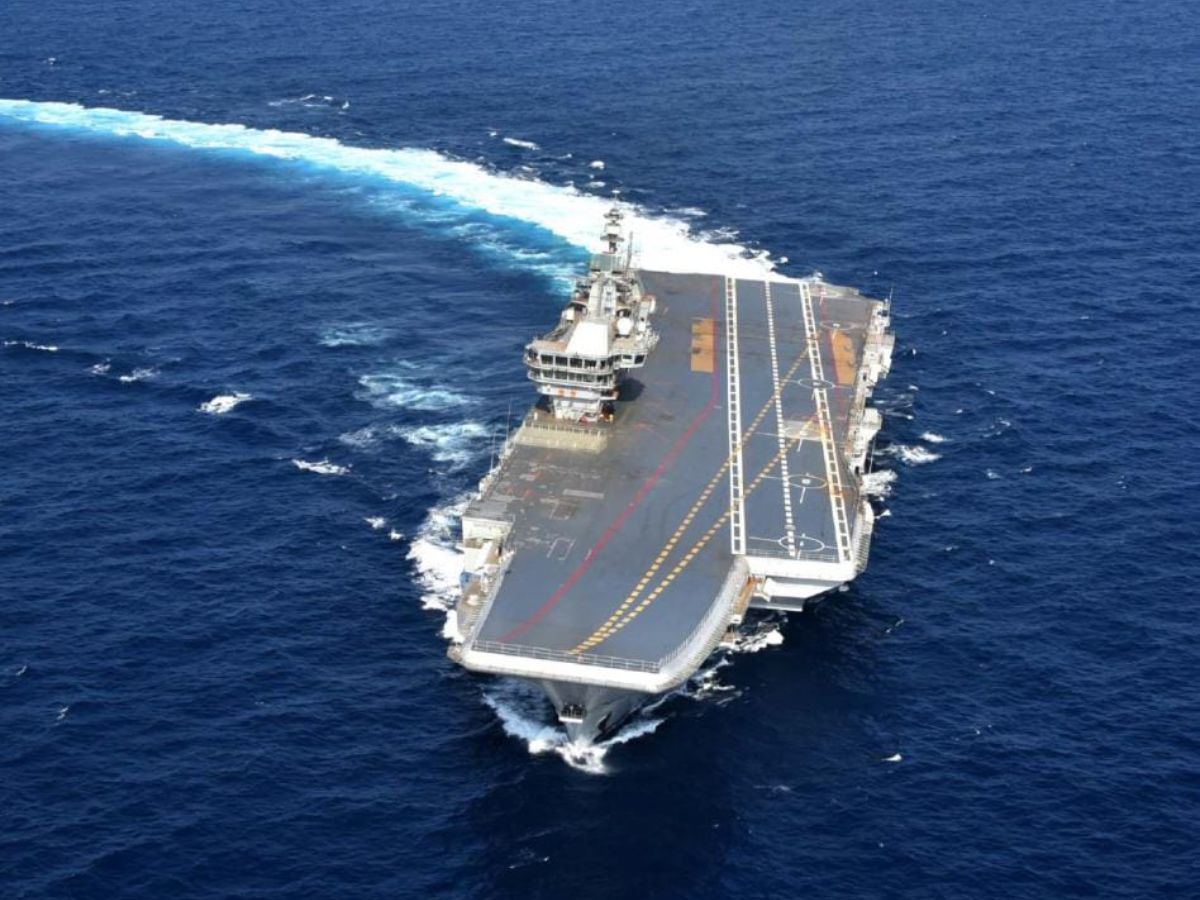
Future of Indian Airforce from LCA to AMCA
Thu, 23 Feb 2023 | Reading Time: 3 minutes

After making the LCA Tejas, India plans to develop its 5th generation fighter aircraft named the AMCA (Advanced Medium Multirole Aircraft). So here I bring to you a small but detailed analysis of the AMCA program. It was in the late 1990s when the government of India decided to develop its indigenous fighter aircraft, the Tejas. But due to some reasons, the Tejas program got delayed for more than 20 years, and the jet had to be inducted in the early 2000s. It has now started production for 2020. HAL and ADA were criticized for this, and several questions were raised about the capabilities and efficiency of HAL. This criticism was not just about the delay of LCA Tejas; the main reason for this criticism was the failure of the Kaveri Engine program.
The Kaveri engine was initially planned to be integrated into Tejas, but due to a lack of technology, GTRE failed to develop the Kaveri engine, and hence Tejas was then fitted with the GE-404 engine from the USA. Even today, we are not able to develop the Kaveri engine. Several initiatives were taken by GTRE to revive the Kaveri engine, but it failed again. Unlike rocket engines, developing a jet engine is not easy because it is comparatively small in size and requires advanced engineering to develop its crystal blade technology and maintain its thrust-to-weight ratio, making it one of the most complicated technologies. Other than the United States, not even countries like Russia, Israel, China, Japan, and Germany can make an efficient jet engine of their own.
Being very optimistic and looking back, I think we have moved far ahead. We have learned a lot from the development of the LCA Tejas, which is probably India’s first indigenous third-generation fighter aircraft. HAL has gained a lot of experience and developed a lot of new technology that is helping HAL develop AMCA, its 5th-generation aircraft. Unlike the LCA, the AMCA is being made through public-private collaboration. Companies like L&T, Mahindra Defense, Reliance Defense, and TATA are working with the ADA and HAL. Further research and development labs throughout the country are working on this project. AMCA is also being worked on by various IITs and other national institutes.
Few international companies like Rolls Royce and Safran have shown interest in the joint development of the AMCA, especially the joint development of a new jet engine for AMCA, and this is the main reason why HAL is so excited about AMCA as it’s going to have the western standard engine technology packed with European avionics, Israeli radar, and many indigenous weapon systems.
But still, IAF is far behind its needs. IAF is required to have at least 42 squadrons to deal with a two-front war scenario with Pakistan and China. We only have 32 squadrons, making this scenario more challenging for the IAF. So here are a few things that the government of India must take into consideration. We should not spend more time and money on LCA now as Tejas was designed to replace the Mig-21s from the IAF, but this program was delayed for 20 years, and now the indication of Tejas as a replacement for the Mig-21 does not make sense as within 10 years the technology of Tejas will become outdated. So it’s better not to buy more than two squadrons of LCA Tejas.
India should expedite the MMRCA project to purchase an additional 112 fighter aircraft, and it would be better to go with the Rafale only because we have already paid Dassault to provide Rafale with Indian-specific enhancements rather than putting money into programs like Tejas mk-2. Choosing Rafale will be a much better economic and strategic decision. Under fast procurement, the IAF requires at least 120 additional Rafales. India has to fast-track a joint venture with Rolls Royce to develop a new turbofan engine that comes with 3D thrust vector capabilities and could generate a dry thrust of 75KN and an afterburning thrust of 130KN for super-cruising AMCA.
MiG-21s were inducted into the IAF in 1961. MiG-21s have served in the IAF since 1961. Several upgrades were performed on MiG-21s regularly to the requirements. It was a MiG-21 that shot down Pakistan’s F-16 in the air engagement on February 27, but in today’s reality, the MiG-21 is a vintage aircraft also called a flying coffin. It is time for the IAF to retire its entire fleet of MiG-21s and introduce a new fighter jet in the medium-weight category, as this is a necessary step in reviving the IAF’s dwindling strength.
Disclaimer
The opinions expressed in this article are the author’s own and do not reflect the views of Chanakya Forum. All information provided in this article including timeliness, completeness, accuracy, suitability or validity of information referenced therein, is the sole responsibility of the author. www.chanakyaforum.com does not assume any responsibility for the same.
Chanakya Forum is now on . Click here to join our channel (@ChanakyaForum) and stay updated with the latest headlines and articles.
Important
We work round the clock to bring you the finest articles and updates from around the world. There is a team that works tirelessly to ensure that you have a seamless reading experience. But all this costs money. Please support us so that we keep doing what we do best. Happy Reading
Support Us














POST COMMENTS (0)